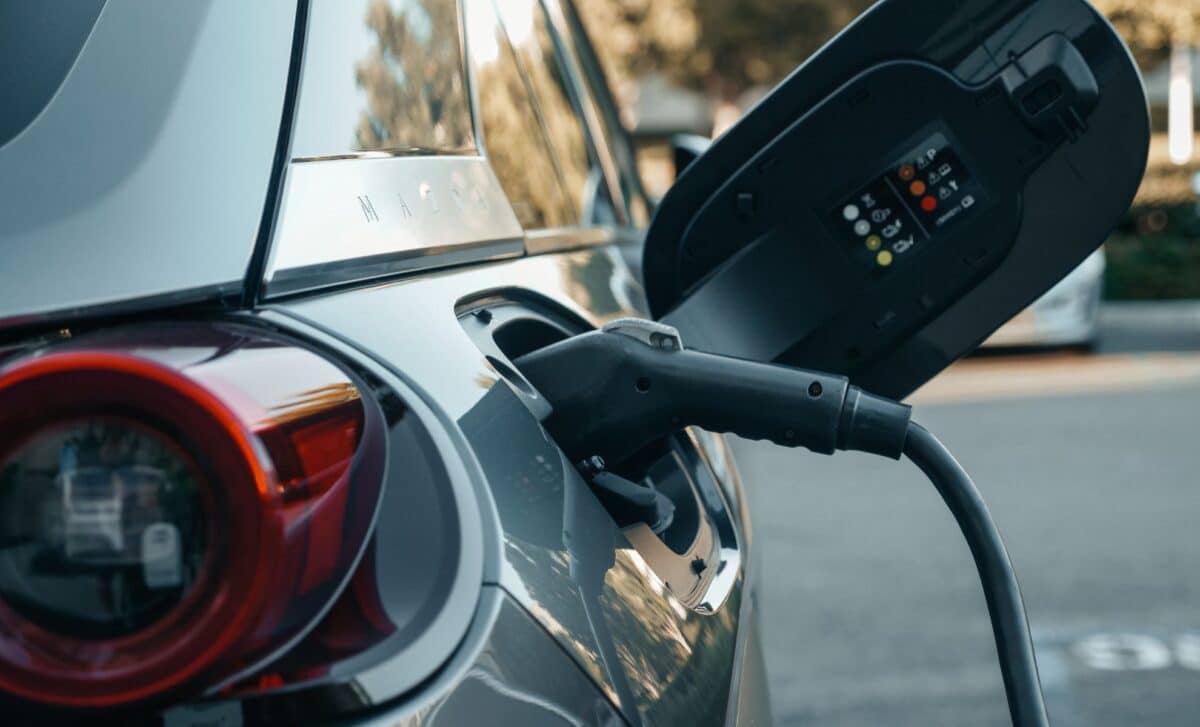Inequalities in EV charging infrastructure provide serious obstacles as the UK works to eliminate gasoline and diesel vehicles from the road. The goal is to address the availability and affordability of public EV charging, especially for the 9.3 million households that lack off-street parking, as the 2035 prohibition on the sale of new gasoline and diesel vehicles approaches.
For EV owners with driveways, charging is simple and inexpensive. They plug in overnight, taking advantage of lower electricity rates. However, for those reliant on public chargers, the picture is far more complex. Limited infrastructure, higher costs, and uneven distribution create a “tax” on greener living that risks stalling the UK’s EV transition.
Public Charging Gaps Highlight the Divide
The UK’s public charging network, consisting of approximately 74,000 chargers, struggles to meet the needs of a growing EV market. While urban areas like London lead the charge, vast swathes of the country remain underserved. For example, Lewisham in southeast London has seen progress, with plans to add 250 chargers to its existing 211 within 18 months, but such efforts remain the exception rather than the rule.
Meanwhile, rural areas and commuter towns face a different reality. In Weybridge, Surrey—a town of 20,000 residents—only four public chargers exist within a 20-minute walk of the centre. Even these chargers are often blocked by petrol vehicles or saddled with extra costs like parking fees. Adam Wood, managing director of Renault UK, describes the current state as a “patchwork” of initiatives lacking cohesion, urging a more unified and accessible approach to build driver confidence.
Government funding, such as the £381 million Local Electric Vehicle Infrastructure (Levi) fund, offers some hope. However, delays and competing council priorities hinder progress. Louise Krupski, deputy mayor and transport policy lead for Lewisham, explained that deploying chargers is “an incremental process that will go on for a long time,” requiring both time and sustained investment.
Affordability and Fairness Remain Critical
Public charging costs disproportionately impact those without driveways. Charging via public networks costs an average of 53p per kilowatt hour (kWh), compared to just 8p/kWh for off-peak home charging. This disparity means some EV owners pay more than petrol drivers for equivalent mileage, an inequity highlighted by campaign groups like FairCharge.
Added VAT on public electricity and limited competition among operators exacerbate the issue. Quentin Willson, founder of FairCharge, argues that addressing these cost disparities is essential to growing the UK’s EV economy and ensuring equitable access.
Innovative solutions, such as cable gullies and lamp-post chargers, offer alternatives for terraced houses and other challenging settings. Yet, scaling these solutions nationally will require collaboration across councils, businesses, and government. Without such efforts, the UK risks leaving millions of potential EV owners behind.
The transition to electric vehicles is a societal shift that demands inclusive infrastructure. For Britain’s EV economy to thrive, addressing public charging gaps and pricing disparities is no longer optional—it is a necessity.









